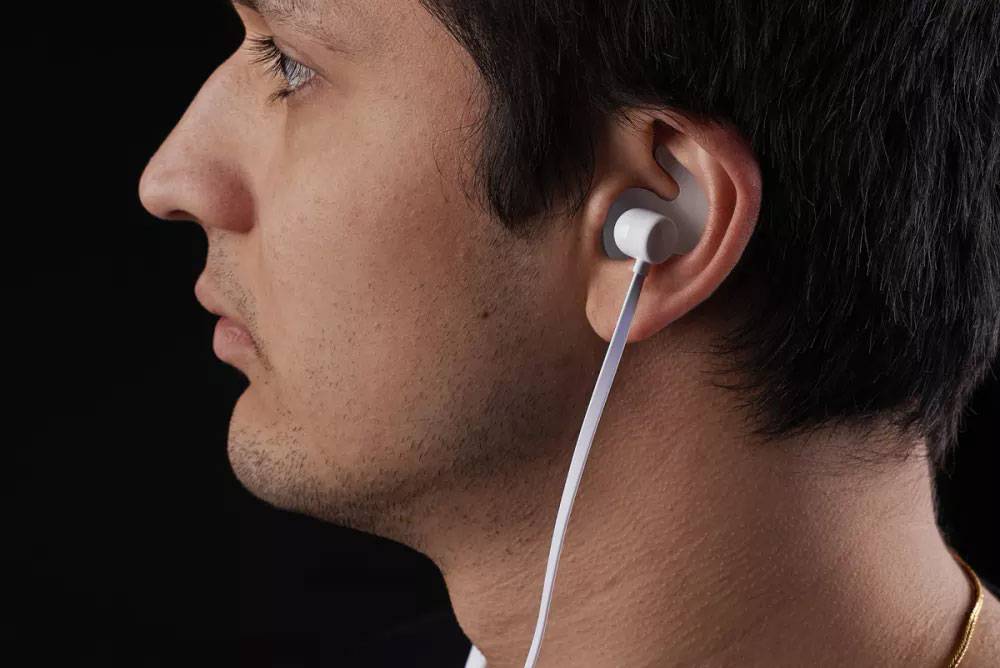[ihc-hide-content ihc_mb_type=”show” ihc_mb_who=”reg” ihc_mb_template=”3″ ]
[vc_row][vc_column][vc_column_text]At CES, Formlabs announced that, through a partnership with 3Shape, it will be offering the tools to create mass-customized, 3D-printed earbuds and other hearing devices. The 3Shape Phoenix in-ear scanner makes it possible to create a 3D scan of the ear that can be used to 3D print a mold and produce soft silicone parts for wearer-specific, in-ear products.[/vc_column_text][vc_single_image image=”2674″ img_size=”full” add_caption=”yes”][vc_column_text]Retail shops, hearing device and headphone brands are expected to purchase a package that includes Formlabs’ 3D printing technology and the Phoenix ear scanner, making it possible to create custom, in-ear products on demand within the length of a shopping trip.[/vc_column_text][vc_single_image image=”2675″ img_size=”full” add_caption=”yes”][vc_column_text]3D printing has proven itself in the field of custom hearing aids, having been used to create more than 10 million patient-specific aids in the world today. 3D-printed ear buds? Not quite. Though startups have attempted to launch viable business models for selling custom, 3D-printed ear buds, we’re still waiting for any of them to reach a critical mass the way that hearing aids have.
One of the shining stars in the space was a startup called Normal, which raised $200,000 from investors to sell custom,3D-printed earbuds in a brick-and-mortar store in New York. By taking photos of the inside of a customer’s ear, Normal was able to 3D print an ear-specific plastic shell that would then house the electronics found inside of all non-custom earbuds.[/vc_column_text][vc_single_image image=”2676″ img_size=”full” add_caption=”yes”][vc_column_text]That store has since closed down, and Normal’s website is completely blank. Other 3D-printed earbud startups, like OwnPhones, have also gone the way of the dodo. The OwnPhones Kickstarter is filled with comments from backers demanding refunds.
The difference between products like OwnPhones and custom hearing aids is that hearing aids are medical devices, necessary to the quality of life for so many users, and not a consumer-oriented novelty. The stories of Normal and OwnPhones are representative of the consumer 3D printing bubble that burst in 2014, bringing down similar consumer-oriented startups like Sols, which made custom, 3D-printed insoles (arguably less crucial to improved quality of life than hearing aids).
It’s now 2018. Will things be different for consumer-focused, 3D-printed products? According to Gartner, 3D-printed consumer goods haven’t quite reached the trough of disillusionment, meaning that there may be more disappointment to come before real progress is made in the space.
What is unique with Formlabs’ offering here is that the company is A) not focused on selling 3D-printed earbuds itself and B) targeting a broader market. Unlike Normal, Formlabs isn’t aiming to create an entire business based on a single fad. Instead, it is selling the tools to create custom, in-ear products. Therefore, the company has less to lose if custom earbuds don’t take off quite yet.
Additionally, it has left itself plenty of room to sell the 3Dprinting and ear scanning package to more than just earbud manufacturers. The technology could also be used to create hearing aids, Bluetooth headsets or some other ear-related product. In fact, we could see small startups use the package to take on big hearing aid companies like Sonova and Audicus.
What Formlabs is doing well with this release is, intentionally or unintentionally, following the model used when selling stereolithography and digital light processing 3D printers to the dental industry. Dental labs already use 3D scanners to create patient-specific, 3D-printed molds and models, proving to be a great niche for 3D printer manufacturers. The same may be true for ear-related devices.[/vc_column_text][/vc_column][/vc_row]
[/ihc-hide-content]
The AM Chronicle Editorial Team is a collective of passionate individuals committed to delivering insightful, accurate and engaging stories to additive manufacturing audiences worldwide.



